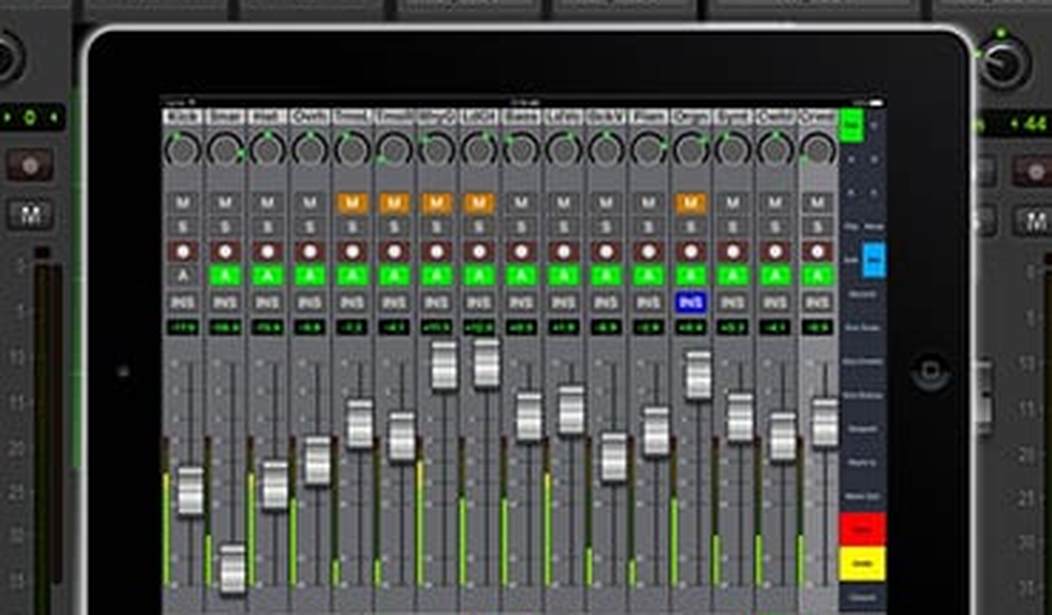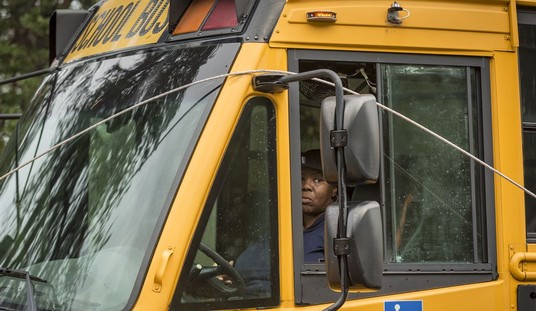For those who enjoy recording their own music, it always seems that at the moment when your efforts should be devoted to giving the best performance, DIY home music recording can feel more like being a circus performer. If your computer is in one corner of a room, and your guitar, keyboard or mic stand is in another, a fair amount of juggling, contortionism or sprinting can be required to hit the record button or adjust the levels on your DAW (digital audio workstation recording software) and then begin recording. A long session of multiple takes or improvs can be a frustrating experience, unless you record everything right at the desk. And for acoustic or logistical purposes, that’s often not always possible.
Also, if your recording environment has multiple rooms, this can compound the problem. For example, having completed the construction on my home studio late last year, I’ve been thoroughly enjoying recording in the control room. However, the adjacent isolation booth has been somewhat underutilized. Rather than walk back and forth between the computer and the equipment in the iso booth, I’ve tended to just do everything near the desk in the control room.
However, as Glenn Reynolds would say, this is the 21st century, you know. Not surprisingly, by now there are a variety of methods to control a DAW (digital audio workstation) remotely. After reading pretty good reviews in the Cakewalk Sonar forum, I began experimenting with V-Control Pro by the San Francisco-based Neyrinck firm (short for Paul Neyrinck, the company’s founder). It’s $49.95 annual fee is a nuisance. (I really hate renting software and going down the Information superhighway to serfdom on principle.) But I figured if I used the system extensively, it would be well worth it. So I decided to give it a whirl.
V-Control relies on two applets; one is installed on whatever main Windows or Apple desktop computer contains your DAW; the other works remotely via Wi-Fi or USB cable on a laptop, Android phone or tablet, or iPad. The DAW must be configured to use the transport protocols created by the Mackie brand, and Neyrinck has instructions and GUIs tailored for most popular DAWs, as well as programs such as Adobe’s Premiere Pro video editing software and Propellerhead’s synth-oriented Reason.
Within V-Console is a supplemental app called V-Window, which as Sound on Sound magazine notes, “is one of V-Control’s best features and alone justifies the price. [V-Window] gives you touchscreen access to any application running on your computer as well as to your entire desktop.” V-Window provides touchscreen control of the effects plugins inside a DAW — and perhaps more importantly, allows for fader control on an audio interface. It worked smoothly controlling the complex TotalMix FX controls of my RME Fireface UFX+. Between V-Control and V-Window, it should be possible to remotely tailor a headphone mix while standing away from your DAW’s PC, even in an iso booth.
Well, it all certainly sounded good in theory. But at first, V-Control and V-Window had some issues playing nicely with Cakewalk’s Sonar DAW. I was able to remotely control the faders, pan pots, and transport controls – and if this was that Sonar allowed, I could still get a fair amount done. But V-Window’s inability to adjust effects and software synthesizers within Sonar as advertised was very frustrating.
After exchanging a few emails with the lead customer tech support person at Neyrinck, he asked if I he could connect remotely with my PC and troubleshoot this issue. After much experimentation, he finally tracked down the problem – I had Sonar running in Windows 10’s Administrator mode, as it had been suggested in the Cakewalk forum that this improved stability. Once I released Sonar from Admin mode, V-Control was happily controlling its myriad functions.
Wi-Fi interfaces can cause latency issues and dropouts on some audio interfaces. But once installed on my iPad, I was able to get V-Control talking to my Windows PC even with its Wi-Fi card turned off, thanks to Apple’s Bonjour protocol. However, the Android version of V-Control does not use that format, and will likely need Wi-Fi to control it. The Android cell phone version of V-Control is basically a single fader and transport controls. But for a basic tracking session, that might be all you need.
On the iPad or tablet version though, once it’s properly working, between V-Control and V-Window, it’s possible to remotely adjust fader levels inside your DAW, input levels on your audio interface, activate record and play, and other functions, making tracking sessions go much smoother, even when not sitting in front of your DAW’s mice and keyboard. Mounting the iPad on a mic stand, or placing it on a spare chair adjacent to the performer, it effectively turns the iPad, Android or laptop into a remote control surface for a DAW.
Even when sitting close to the computer, V-Control and V-Window can be helpful. It’s not always possible to sit directly in front of a computer monitor when playing an instrument; in my studio, my big 88-key midi-controller keyboard is to my desk’s right (picture an upside-down L), and seeing chord names or marker points on the monitor while playing it is difficult at best (and can cause whiplash at worst). But simply plop the iPad on top of the keyboard, load up V-Control and open V-Window, and that information is right in front of me.
After tracking is complete, V-Control allows the iPad to function as a virtual mixing board. Rather than controlling faders and pan pots via the mouse, finger control on the iPad can bring back a bit of the performance feeling when mixing, without the additional expense (and desktop footprint) of a hardware-based mixer.
All-in-all, this is an excellent app for those who need remote control of their DAW, and Neyrinck’s trouble-shooting after installation was remarkably thorough.










Join the conversation as a VIP Member